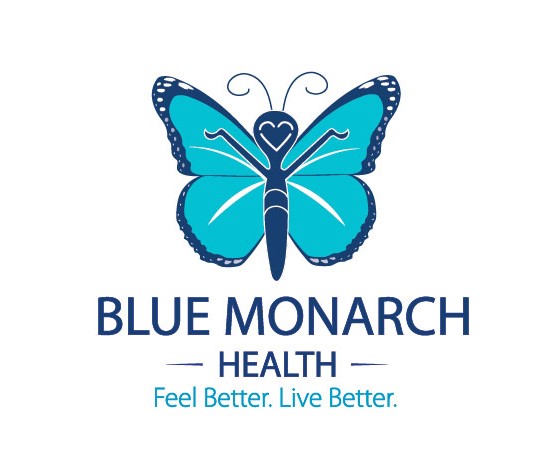Hot flushes, hot flashes (whatever you call them), hot and sticky and tired of it!
Ever feel that zing of heat coming from nowhere, baking you from inside to outsides in a flash of energy? How about, you’re fast asleep and suddenly awoken by a puddle of sweat and soaking PJs? Or, an unexpected, intense sensation of broiling that completely disrupts your work presentation? Perhaps you break out in steaming perspiration saturating your pits and forehead. UGH!
No. Fun. At. All.
And worse, women who have hot flushes may be at a higher risk of developing cardiovascular disease (1) than those who don’t have hot flashes.
Some researchers say that hot flashes (or hot flushes) may happen because your body is slowing reducing its estrogen production. Other scientists say there is still a need for more research to determine exactly why hot flashes happen, but we do know that hot flashes are a result of your thermoregulatory system getting out of whack and most times hot flashes happen at the most inconvenient times and places!
Your Temperature Regulation System
Your temperature regulation system sits in your brain’s hypothalamus. A bunch of receptors that live in your brain have the job of sensing temperature changes in your blood. You also have temperature regulator receptors in your skin too, and they send info back to your brain. It’s a pretty complicated and an automatic system all humans are blessed with.
Some disruptions to the thermoregulatory system you may be familiar with are, developing a fever when you’re ill, or hypothermia, or becoming frozen from falling into a pond in the winter. Or in the case of this blog, hot flashes.
How does Exercise Improve Hot Flashes?
So, how does exercise improve hot flashes?
In a 2016 UK study, researchers gathered 21 women who were at 1-4 years after their last period, and were experiencing >4 hot flashes in a 24-hour period. They were ‘non-exercisers’ and were not on hormone therapy. Researchers had them exercise for 16 weeks. There was also a control group who were assigned to not exercise at all.
Study participants did 30 minutes of moderate- intensity aerobic exercise three-times per week, things like, rowing, cycling, treadmill walking and running and cross training. At week 12, participants were exercising 4-5 times per week for 45 minutes.
Control participants did not exercise, nor did they adjust their lifestyle in any way.
The conclusion? Exercising participants reported a reduction in the amount of and severity of hot flashes, while the control did not have any changes in their hot flashes.
Exercise Reduces Hot Flashes
Exercise reduces hot flashes by:
stabilizing your central thermoregulatory system by lowering your body’s core temperature
improving your ability to get rid of heat by enhancing your body’s sweating ability
improving endothelial function and microvascular reactivity helping to reduce cardiovascular changes caused by a reduction in estrogen (improving the way your blood vessels expand and contract with ease)
women reported that exercise reduced their occurrence of and severity of hot flushes
SIGN ME UP for Exercise! YAZ!
Bonus! Exercise increases blood flow to your brain, making you feel clearer and focused!
Double Bonus!! Exercising with women who understand what you’re going through and support you helps increase your serotonin and makes you feel connected and loved!
Not sure how to start exercise in this new body you live in? Join the Menopause Movement Mission, where we support you in CommUNITY, and we teach you how to exercise in your beautiful body.
1. Thurston RC, et al. Hot flashes and subclinical cardiovascular disease: findings from the Study of Women's Health Across the Nation Heart Study. Circulation. 2008;118(12):1234- 40
Bailey TG, Cable NT, Aziz N, Atkinson G, Low D & Jones H (2015). “Exercise training reduces the frequency of menopausal hot flushes by improving themroregulatory control”: A‐38 Free Communication/Poster ‐ Clinical Populations I. Med Sci Sports Exerce 47, 54–57.
Want to see what I’ve been trying after each exercise session that is reducing the severity and amount of hot flashes in my life? It’s an experiment of n=1.
Click here>>> Restorative poses after physical training sessions
Nicole Vienneau MSN, RN, NC-BC
Nicole combines 20+ years of nursing experience with 30+ years of fitness + health coaching to uncover your most authentic expression of wellbeing.
Nicole is navigating menopause too, and is learning to accommodate her life through these magnificent stages of aging.
She is a board-certified integrative nurse coach, menopause fitness specialist, brain health trainer, and a group fitness, yoga, and tai chi instructor. She specializes in protecting your health through habits and behaviors that support your brain and body health at Blue Monarch Health, PLLC.
Nicole is passionate about everything she does, and especially loves creating safe, restorative communities. She loves exploring nature, finding solace with her cat-babies and traveling with her awesome husband.





